If you think the world is overly inhabited and there are no more undiscovered and uninhabited areas, think again.
The Baja Peninsula, including the states of Baja California and Baja California Sur, is a treasure. One that’s full of isolation and beauty. Between the desolate beaches on the Sea of Cortez to the Pacific pipeline running on the western coast, there’s something for everyone in Baja.
It’s no easy place to be though. Remote locations rarely are. That’s why you need to know these tips before heading out on your Baja California road trip.
What do you need to know before heading out the door? Read our 8 tips for visiting Baja Mexico below!
We link to products and services we think are useful for our readers. We may earn a commission for purchases made through some of these links. There’s no extra cost for you and it helps support our work. We really appreciate your support!
Looking for more info on Baja? Check out all of our Baja articles and these:
- 14 Amazing Things to Do in Loreto
- The Classic Baja California Road Trip
- Top 9 Things to Do in San Felipe
- Gray Whale Watching in Baja
- 12 Fun Things to Do in Tijuana
- Baja California Safety
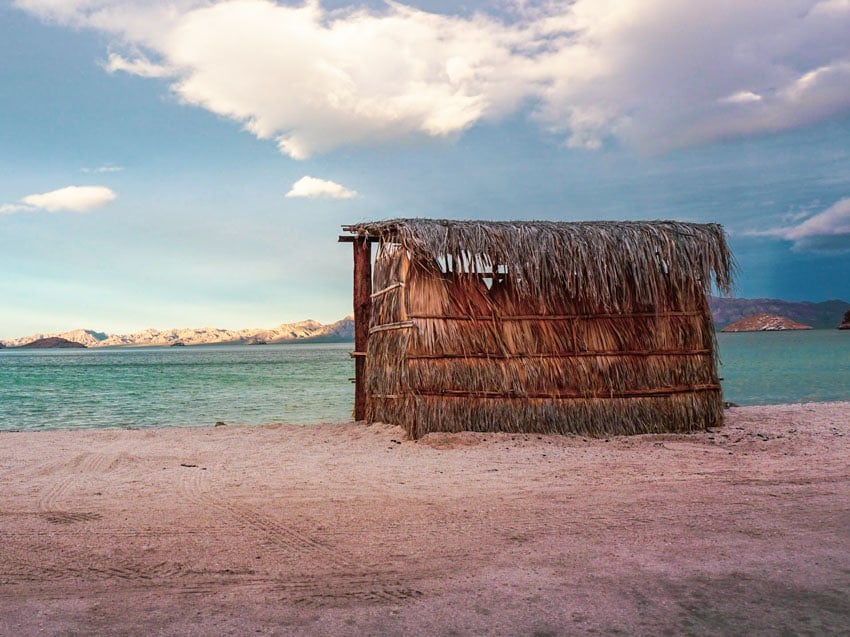
Golden Rules of Baja Travel Safety
Here are our top three golden rules to traveling safely in Baja Mexico. Pay close attention and you can avoid some serious headaches.
Get Your FMM
From a legal perspective, traveling to Mexico is quite easy for many foreigners. But there is some confusion about the documents, visas, and permits required. Many foreign tourists do not need a visa to visit Mexico, but they DO need a permit. This permit is known as an FMM (Forma Migratoria Múltiple).
If you’re coming into Mexico by land, this is a very easy thing to overlook. The border agents will NOT force you to get it, but it is absolutely necessary. Your presence in Mexico is illegal without it.
An FMM is free if your trip is 7 days or less, otherwise it costs around $30 USD. The immigration agent should also stamp your passport when you obtain the permit.
You can apply for an FMM at the border, but the easiest way is to begin the process online. You enter the details of your trip and pay there. Print out those documents (yes, they must be printed) and bring those with you to the border.
Once you arrive at the border crossing for your Baja California road trip, park your vehicle and enter the immigration office. Either show the documents you printed (including proof of purchase) or ask to apply and pay for an FMM.
For more details, head over to our full post on this topic: How to Get a Mexico Tourist Permit (FMM)
Airline travel makes this one thoughtless. The FMM permit is usually included in the airfare purchase. It is best to have a document showing the details of your purchase; most airlines will list the purchase of FMM on the receipt. The agents in international airports will automatically finish your FMM and stamp your passport.
The FMM itself is a small piece of paper which you should keep in your passport. Although it is uncommon, there is a chance you might be asked to supply proof of your legal visitation during your visit to this foreign country in Baja Mexico. If you lose it, you lose your proof of legal entry.
Some airports are no longer issuing the physical paper copy of your FMM. But you should still have the stamp in your passport and you should have checked in with immigration. You are still under a permit system when visiting, even if you don’t get the physical slip.
There are certain crossings where showing your FMM is essential to exit the country. When we went from southern Mexico to Belize via water ferry, more than one person was stopped from exiting and had to return to the immigration office to obtain an FMM and pay a fine.
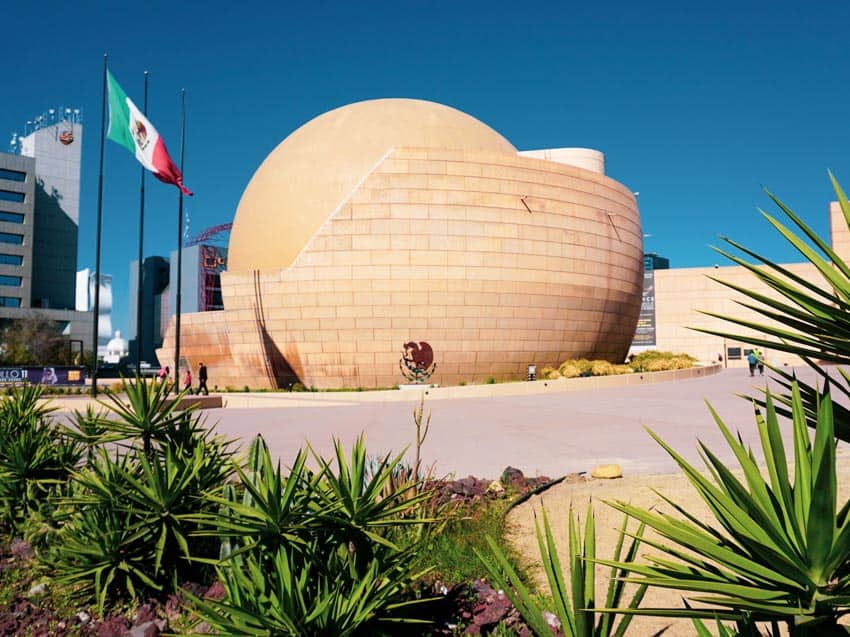
Do Not Drive at Night
Avoiding driving at night is a personal safety issue. Barring extreme circumstances or short local drives, it is best to avoid driving at night in Baja, Mexico.
Why is this one of the top tips for visiting Baja California?
First, there are countless animals that may come into your path on the dark curvy roads. Even with all the light power in the world, you cannot see a cow that’s hidden behind a mountain. Fatal encounters with animals at night are not uncommon on Baja roads.
Second, the roads are tight and full of other hazards. From potholes to rocks, these surprises can quickly turn tragic. During the day, you can cruise in peace at your own pace and identify most hazards before you hit them.
Semi trucks who run this route often break this golden rule. They need to make good time when leisurely travelers are off the roads. They also regularly blow out tires and leave shreds on the road. And unfortunately, they also get into life-threatening accidents.
Yes, many of those small memorials on the side of the road are from fatal accidents.
Finally, as most teenagers find out, late night is when the worst things happen. Driving around at 2AM is simply asking for trouble. It might be drunk drivers, it might be getting stranded in the middle of nowhere, but whatever it is, you don’t want to be on the roads at night.
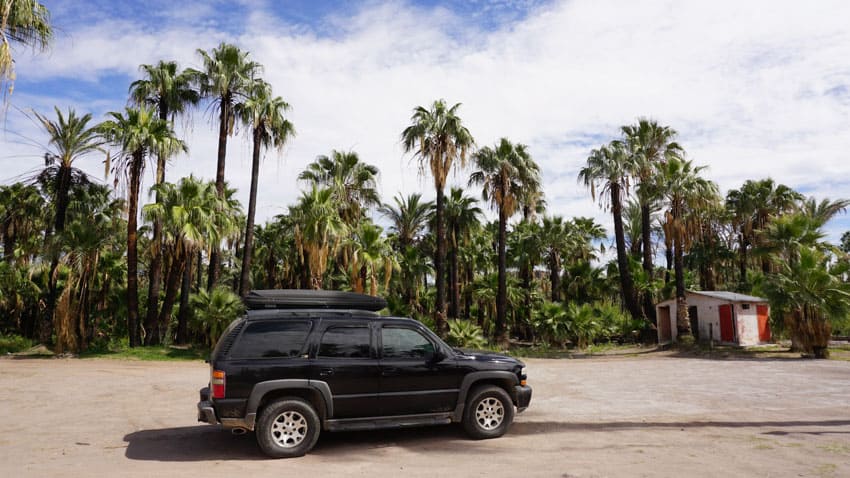
Keep Supplies Topped Off
The third and final “golden rule” for this list of tips for traveling in Baja, Mexico is to always keep your supplies topped off. Don’t run completely out of the major needs, like fuel for your vehicle, cash for your wallet, and water/food for your belly.
There are some long stretches of desolate highway in Baja, on both sides of the coast. The sole gas station in the middle of nowhere might be out of fuel.
Purified water stations and sufficient grocery stores are found in almost every major town, but between these towns are many square miles of land where water and food are much more limited. And if you break down on the side of the road, being stranded without food and water is a recipe for serious disaster.
Keep your essential supplies topped off when traveling the Baja Peninsula.
Golden Rule Summary:
- Get Your FMM Permit: It’s your responsibility to visit Mexico legally.
- Never Drive at Night: One of the most dangerous activities in Baja, and also the most unnecessary.
- Keep Vital Supplies Full: You never know what’s ahead. Be ready for the unexpected.
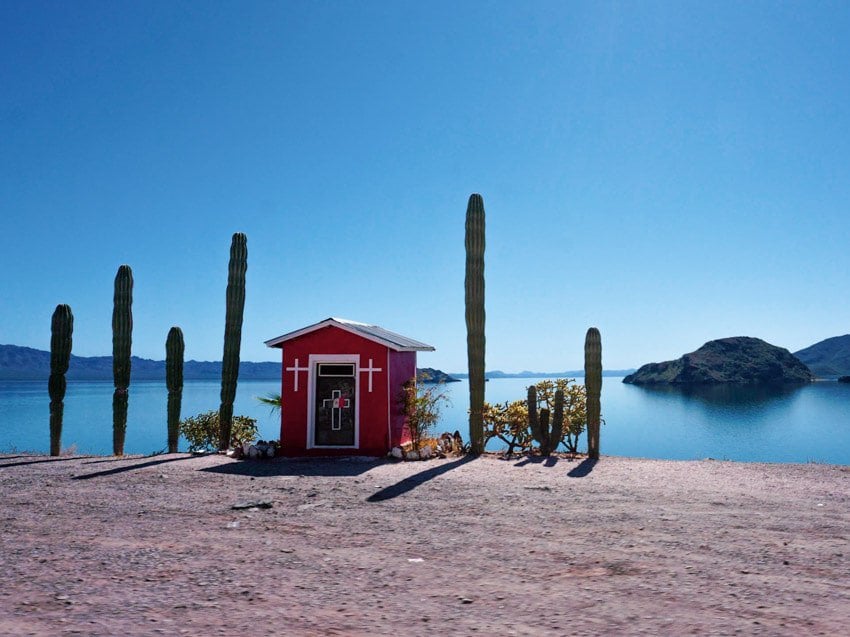
More Tips for A Safe Baja Road Trip
Now that you know the three golden rules, we can move on to a few less pressing matters. But once again, following these tips can help you avoid making some quite unpleasant memories.
Stingray Shuffle
The ocean is full of unknowns. You can’t avoid that. One thing you can take steps (literally) to avoid is getting stung by a stingray.
The Baja Peninsula, like many beach areas, has plenty of stingrays. They love to hang out near the coastline where their food supply is abundant. Their camouflage makes them almost impossible to see.
So how do you avoid them? Do the stingray shuffle.
When you walk into the ocean, keep your feet on the bottom of the sea floor. Shuffle forward into the water, maintaining contact with the floor/ground as you go.
By doing this, you’re more likely to tap on the side of a stingray than stop on top. Therefore, they’re much more likely to swim away rather than sting you. They rarely sting in an aggressive manner; it’s always defensive after getting stepped on.
Chances are a stingray sting won’t kill you, but it has been reported to be one of the most painful experiences imaginable. And if the barbed ends get stuck in your skin, it can cause infection.
Shuffling along the ocean floor might seem counterintuitive. But it’s true. The only better way to avoid them is to not touch the floor at all.
Do the stingray shuffle to avoid a painful Baja Mexico experience.
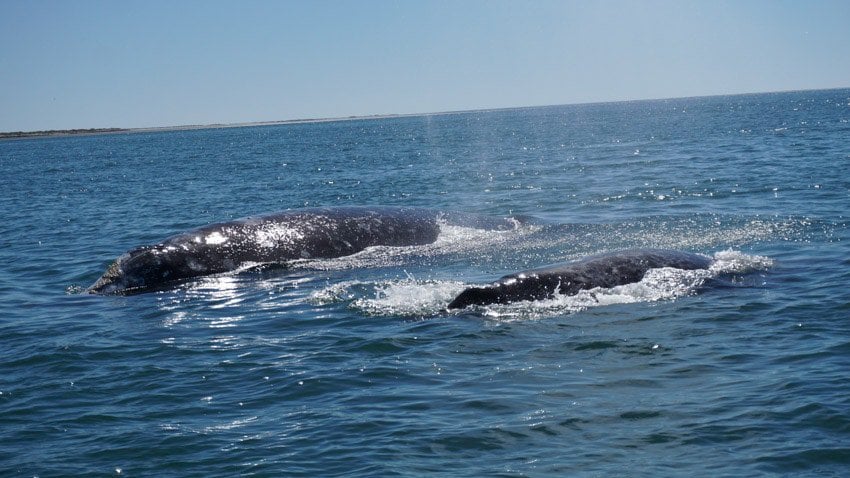
Car Insurance and Import Permits
You need to purchase Mexican car/RV insurance for driving in Baja. Like most places, Mexico requires all drivers to have liability insurance from a Mexican entity.
Even if your foreign policy offers some coverage, it almost always does not meet the legal requirements for liability insurance in Mexico. It’s much more likely to be some property coverage that can put cash back in your pocket if something goes wrong. Your US auto insurance does not work in Mexico.
Do not travel in Baja without proper insurance. We recommend Baja Bound and Mexico Insurance Online.
You can read our full article on The Best Mexican Car Insurance which goes into details about these brokers and many others, including Lewis and Lewis and MexPro.
Read Next: Baja Insurance: Do You Really Need It? Avoid This Costly Mistake!
There’s one great part about traveling in the Baja Peninsula with your vehicle: unless you’re visiting other areas in Mexico, you do not have to obtain a special permit to drive your foreign vehicle in Baja.
If you decide to go elsewhere with your vehicle (such as taking the ferry from La Paz into mainland Mexico), then you’ll need to apply and pay for a temporary import permit (TIP). Learn more about importing a vehicle into Mexico on the official Mexican govnernment website here.
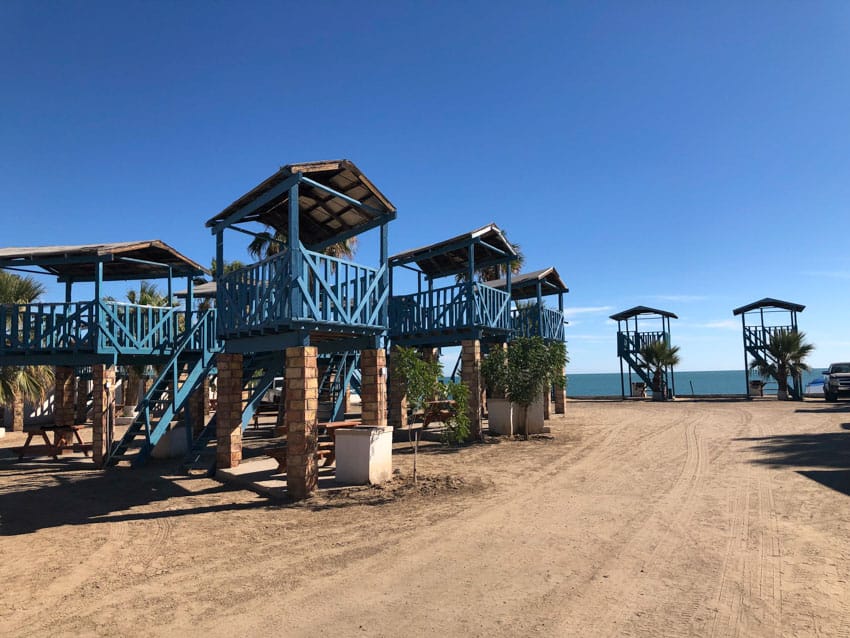
BYOTP (Bring Your Own Toilet Paper)
I absolutely love visiting many different parts of Mexico. But one of my least favorite parts is using the toilets that are in rough shape. And when camping in Baja Mexico, the toilet situation can be quite unpleasant.
The first thing I recommend is to always carry some toilet paper around. If you have to use a public bathroom, it is likely that you’ll only get a small amount of toilet paper that can make it difficult to finish the job.
But I’ll take this a step further. If you are going to do a Baja camping trip, it’s a great idea to bring your own toilet. With any luck, you’ll never have to use it. But if you end up in the wrong spot (or the best spot that happens to have terrible toilets), if will be very useful.
Digging catholes isn’t a great idea in Baja. The ground can be extremely hard and it simply doesn’t have proper conditions for things to naturally decompose. Although this is a technique that works out in some other remote areas, it’s not so great in Baja.
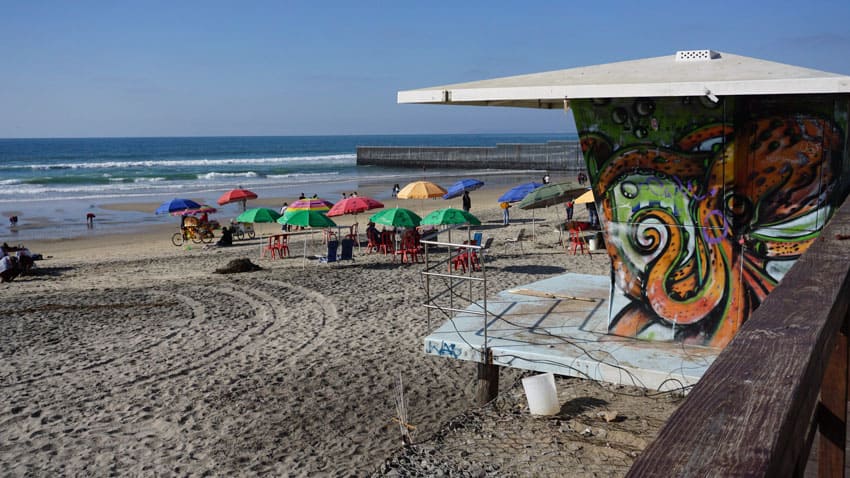
Checkpoint Preparedness
The border crossings and military checkpoints are part of traveling in Baja Mexico. But I’ll be honest with you, foreigners give them a lot more attention than needed. However, there are some tips that can ensure your encounters go smoothly.
These checkpoints are there for your safety. And as long as you’re doing things right, there isn’t much to worry about. It can be uncomfortable to deal with people searching through your belongings, but just remember that they have a serious job to do.
Here’s the deal on how these usually work. You’ll pull up and are usually asked a few simple questions about the purpose of your visit. These usually include these three questions:
- De dónde vienen? (Where are you coming from?)
- Adónde van? (Where are you going?)
- De vacaciones? (For vacation?)
If you can answer these three questions by knowing the name of the city you came from and where you’re going to, you’re in great shape. You might also want to tell them your intended destination later down the road, such as “después a _____” (after to _____).
It is also common for foreign vehicles to be selected for inspection. Quite often these are a very quick glance to make sure your belongings match your description of the trip. Sometimes they can be extremely thorough.
During these inspections, it helps to be friendly. It’s also best to keep your valuables secure or on your person (in your wallet/pockets/purse). And I usually do keep an eye on each inspector as they go through belongings to make sure things don’t go missing.
What is it they’re looking for?
- Firearms and weapons: Gun ownership in Mexico is complicated and requires a permit. Do not bring unregistered weapons in.
- Illicit substances and drugs: Although the legalization of marijuana is in motion, it is still likely to land you in trouble with authorities.
- Hidden imported goods: There are specific limits on the goods (especially new items) you can bring into Mexico without paying an import tax. Large amounts of cash can be very problematic as they may indicate you’re part of illegal trade.
You can find a more comprehensive list of prohibited items on this website.
If you are over the personal allowance (around $300-500 USD), then you’ll need to declare new items at the border and pay a 16% import tax. Bring receipts to prove the purchase price.
If you play by the rules, the checkpoints are not a concern. Don’t be in a rush, understand that they are just doing their job, and try to be as accommodating as possible. You’ll be fine.
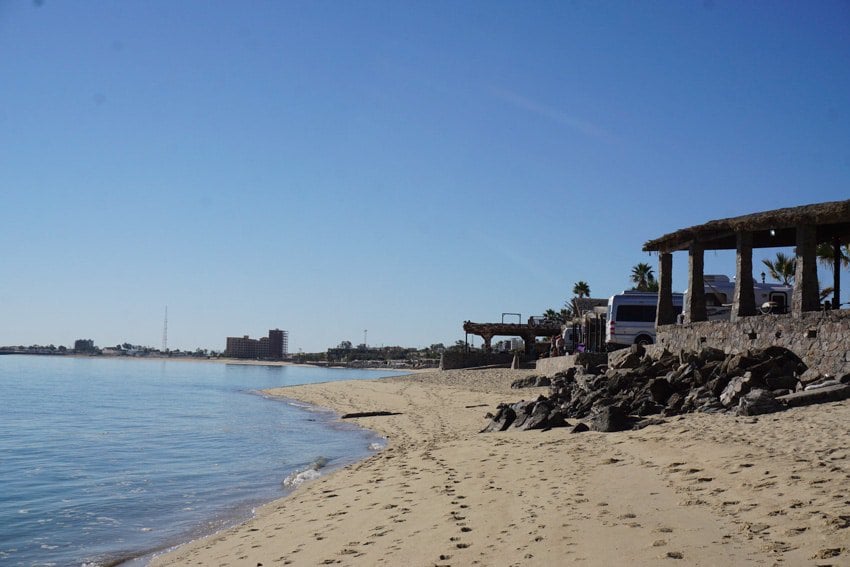
Extra Gas Cans and Car Parts
This one isn’t for everyone. There used to be a time when additional gas cans were a necessary part of traveling in Baja. That’s not really the case anymore.
For the most part, you can always find a gas station in Baja within about 200 miles of one another, at the very worst. The stretch in the southern part of Baja California (before you cross into Baja California Sur) from El Rosario to Guerrero Negro is one of the longest.
But if you want to spend days trekking away from the highway, burning fuel while crawling along the stunning coastline, then you might need additional fuel. Quite often, serious Baja rigs will install a secondary fuel tank.
If you bring an extra fuel tank, you should empty it before crossing the border. Many people do not have trouble, but in an effort to avoid illegal importation of fuel, they are supposed to be empty by law or declared with import taxes paid. It’s easier to just fill them after crossing.
We’ve traveled Baja in a vehicle with a range of about 350 miles and had some anxiety about fuel. Never got stranded because we always topped off and knew where the next station should be. But it was a concern. Now we’re lucky enough to get over 500 miles off of one tank and have zero concerns.
Auto parts stores and knowledgeable mechanics are around most towns in Baja Mexico. If you have a common vehicle (Chevy, Ford, Toyota), chances are that you’ll find what you need.
On the other hand, specialized cars (Subaru, Mercedes, BMW) are much more challenging to find parts for. They’ll likely be available near the border and down south in La Paz & Los Cabos, where you can find many dealerships and specialty mechanics. The middle of the peninsula could be a tough time for certain vehicles.
Also, self-sufficiency is key. Know how to change a tire. But it is wise to have an extra air filter, oil filter, fuel filter, fuses, spare tire, and whatever other parts are likely to fail on your vehicle.
This area comes with experience, but I highly recommend anyone who wants to do a serious road trip in Baja Mexico gets knowledgeable about your vehicle. Change your oil in the driveway at home. Do a brake job and find out what tools you’re missing. Try to repair breakdowns on your own when at home. Use YouTube and websites/forums that are specific to your vehicle. You’ll probably be surprised about the loads of information out there.
Travel Insurance
Of course, you don’t want to think about everything that can go wrong, but accidents do happen.
Considering travel insurance for your trip?
TravelInsurance.com is our recommended provider. It offers simple and flexible travel insurance coverage as well as emergency medical, lost luggage, trip cancellation and more. Buy at home or while traveling and claim online from anywhere in the world.
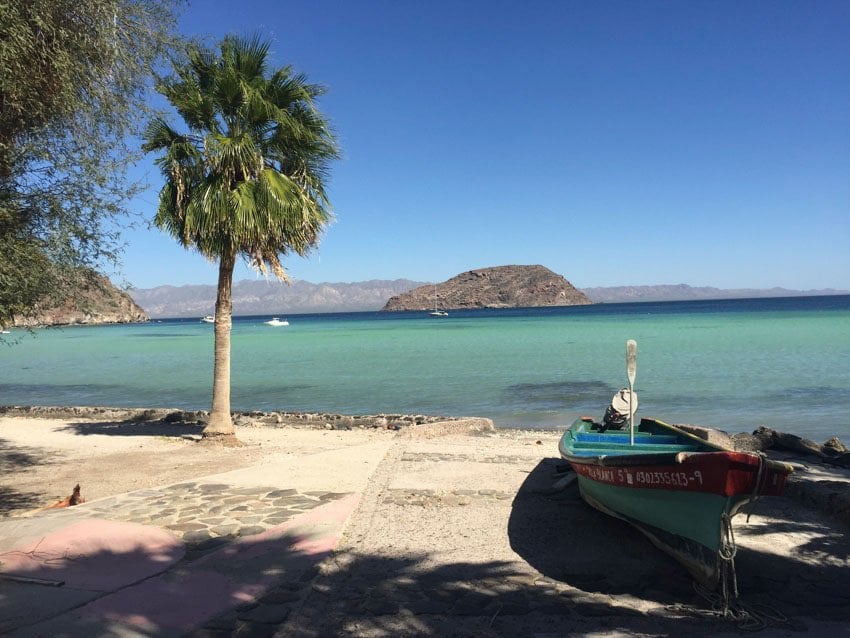
8 Tips for Traveling in Baja Mexico
The Baja road trip adventure is totally worth it and if you take the right precautions, you can do it. At the end of the day, it comes down to this: don’t take unnecessary risks. Be prepared and self-sufficient.
If you take anything away from this article, let it be the golden rules of traveling in Baja: Get Your FMM, Don’t Drive at Night, and Keep Vital Supplies Topped Off.
Adventure awaits. Will you be ready?
Head over to Baja Bound right now to get an insurance quote for your car or boat. Or visit TravelInsurance.com to get an excellent travel insurance policy.

